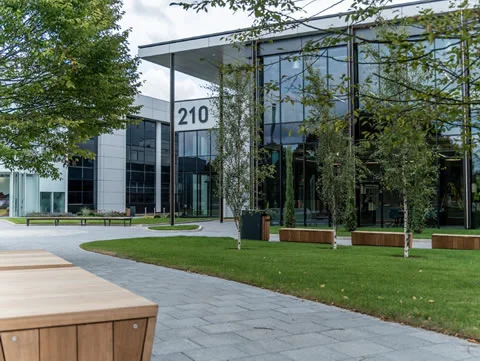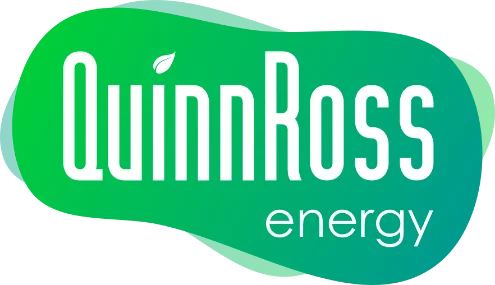Background
210 Winnersh Triangle was a high end Grade A office refurbishment and fit-out, located in Reading. The space was mostly a refurbishment of existing office space, with a new reception area extension as the main entrance. The design enables a significant contribution of natural daylight and the open plan approach offers flexibility of floor space for one or multiple tenants.
QuinnRoss Energy provided a full MEP design and the Energy dept provided an energy audit of the proposed design and EPC step-change analysis and lodged the final as-built EPC. The client required the building to achieve an EPC band B, no easy feat for a 20 year old building.
Services provided
- Energy Audit
- Full MEP design
- Final as-built EPC
- EPC step-change analysis

Results
QuinnRoss Energy performed a detailed survey of the building, built a thermal dynamic model from the survey information, then used said model to perform an EPC step-change analysis to highlight the most influential improvement measures available. Due to technical constraints we could not alter the constructions of the existing building therefore the energy reduction had to come from the HVAC services and lighting. QuinnRoss Energy worked closely with our MEP colleagues to come up with the most energy efficient heating, cooling and ventilation system and incredibly Low Energy Lighting (LEL) design which secured the building its EPC band B rating.





